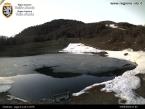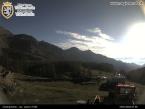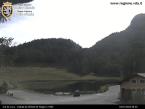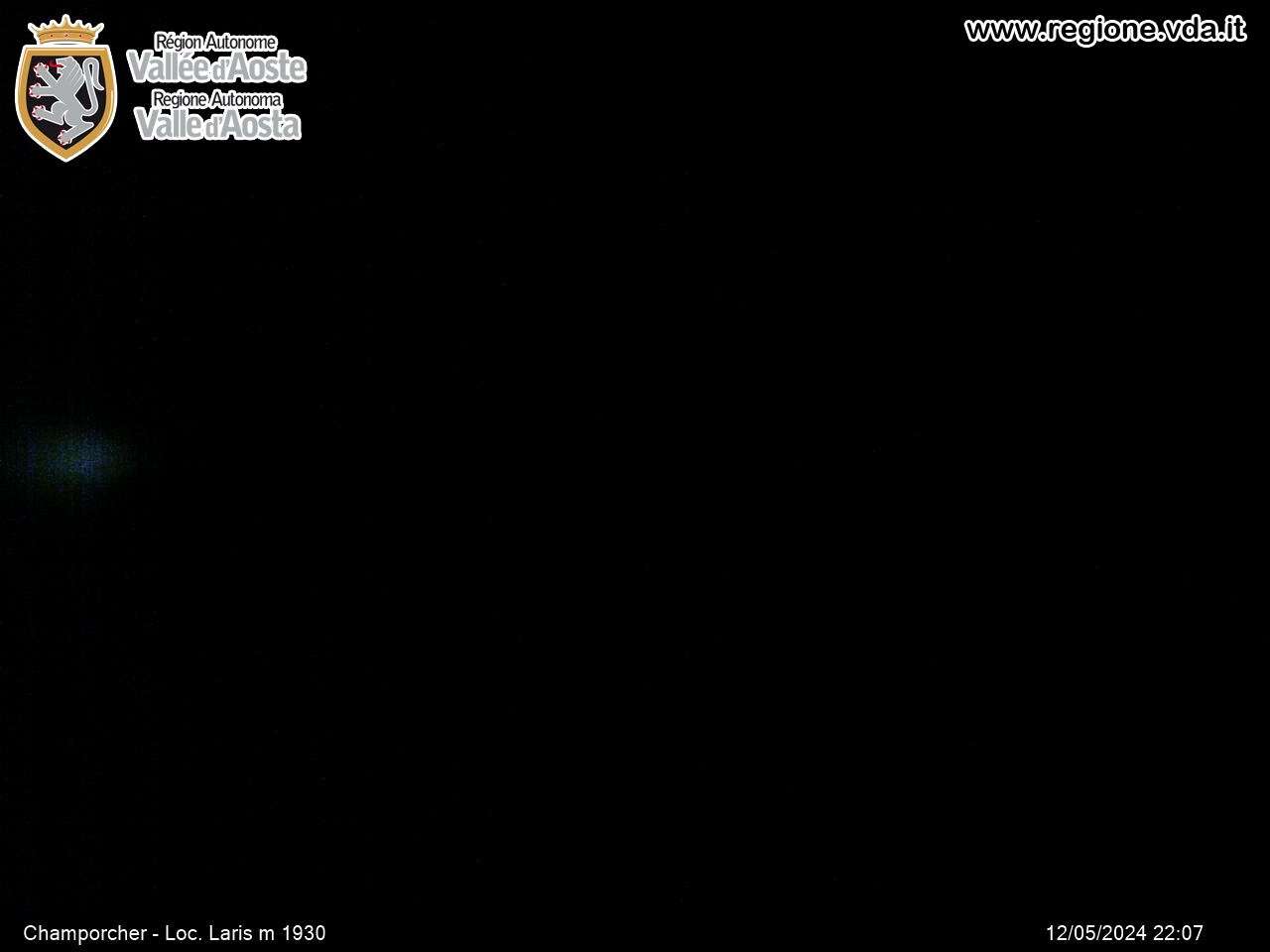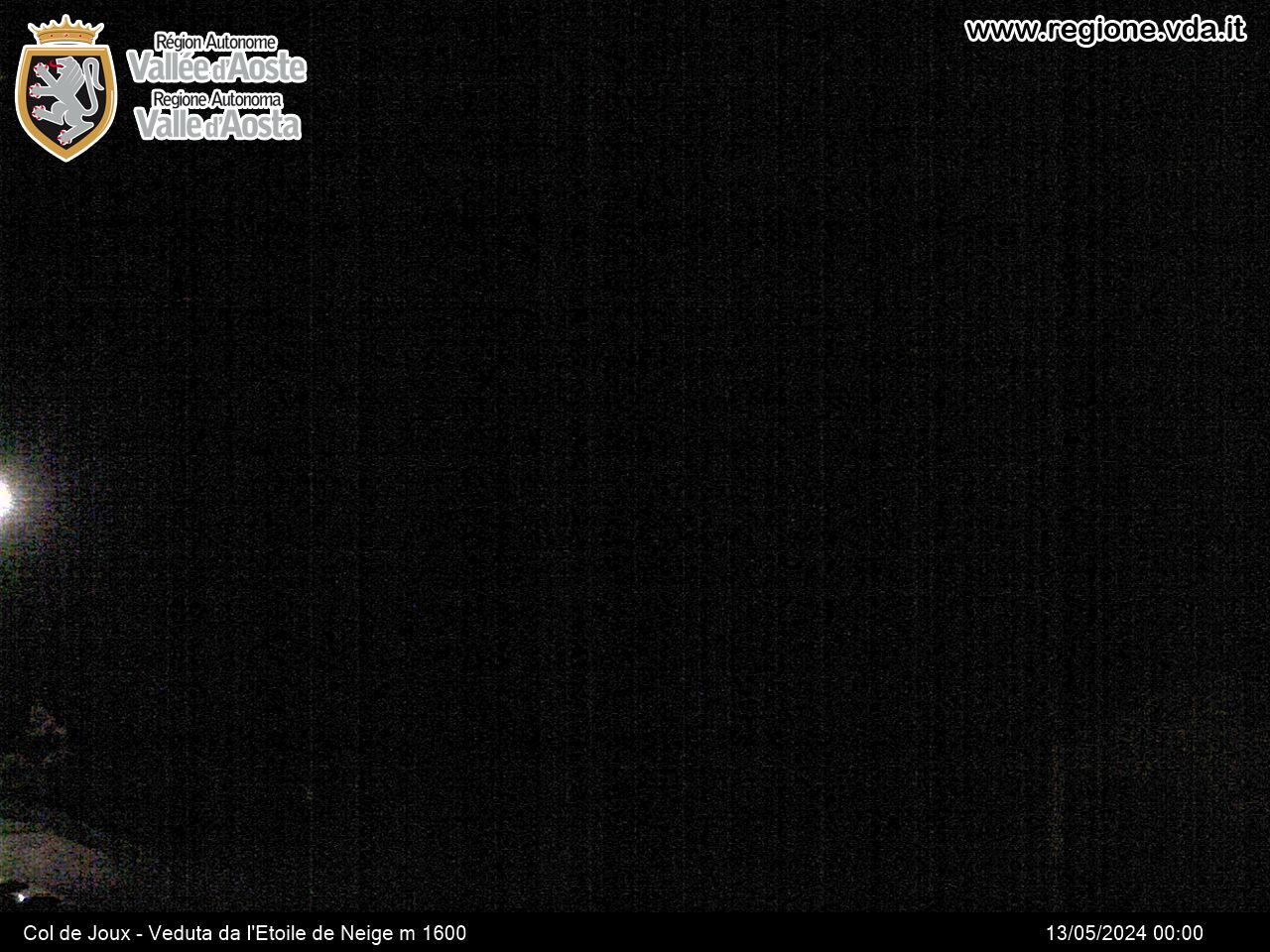Montjovet
Already inhabited in the Neolithic period, as evidenced by some findings dating back to that period, Montjovet, being an obligatory crossing point between the lower and the middle Aosta Valley, experienced a period of great wealth especially during the Middle Ages thanks to the taxes to which all the wayfarers were subject. In the ancient village we can still admire some medieval houses with beautiful portals and stone windows.
In 1771 King Charles Emmanuel III, in order to make transit and trade easier, built the Mongiovetta, the road that is still used today to reach the nearby municipality of Saint-Vincent: a plaque overlooking the first hairpin bends of the road commemorates the realization of this work.
The peculiarity of Montjovet is the highest number of villages of the region: they are more than fifty, most of them still inhabited.
WHAT TO SEE
● The castles: with a short walk you can reach the ruins of the castle of Saint-Germain which marked the history of this territory. Going back, you can take the path to Chenal and continue beyond the chapel so that you reach the remains of the castle of the same name, near which there are some rock engravings.
● The chapels: in many hamlets of the municipality there are small churches and chapels dedicated to various saints, interesting testimonies of local devotion.
NATURE AND SPORT
For nature lovers, the hilly area offers, in addition to the scenic and characteristic vineyards from which an excellent DOC wine is produced, also interesting walks in the woods and chestnut groves. Rather simple itineraries, with constant gradients, can be organized along the ru (ancient irrigation canals) of Arlaz and Herbal.
From Montjovet there is also an itinerary which leads to the Lake Villa nature reserve, located in Challand-Saint-Victor, in the Ayas Valley.
In the hamlet called Berriat you can find a sports centre where you can practice five-a-side football, tennis and bowls.
CURIOSITIES
In addition to the legend about the Arlaz mill, another one is linked to the flowers that blossom in early spring near the Chenal castle. It is said that the pulsatilla, a white or purple anemone, bloomed as a result of the magic of a sorceress: the inhabitants of the villages of Montjovet and Emarèse had asked her to intervene to prevent the packs of wolves, starving because of the winter frost, to raid animals and perhaps even children, who had never returned to their homes. Once the potion was spread on the meadows, these white and purple flowers blossomed, covered with a fur similar to that of wolves who, at their sight, got scared and left the area: hence the local name given to these flowers ‘li fiour dou lu’ , the wolf flowers.
IDENTIKIT
● Altitude: 406 m
● Inhabitants: 1771
● How to get there by public transport: Montjovet is reachable by bus with the line “Pont-Saint-Martin – Aosta” (timetables are available on the VITA Group company website).










